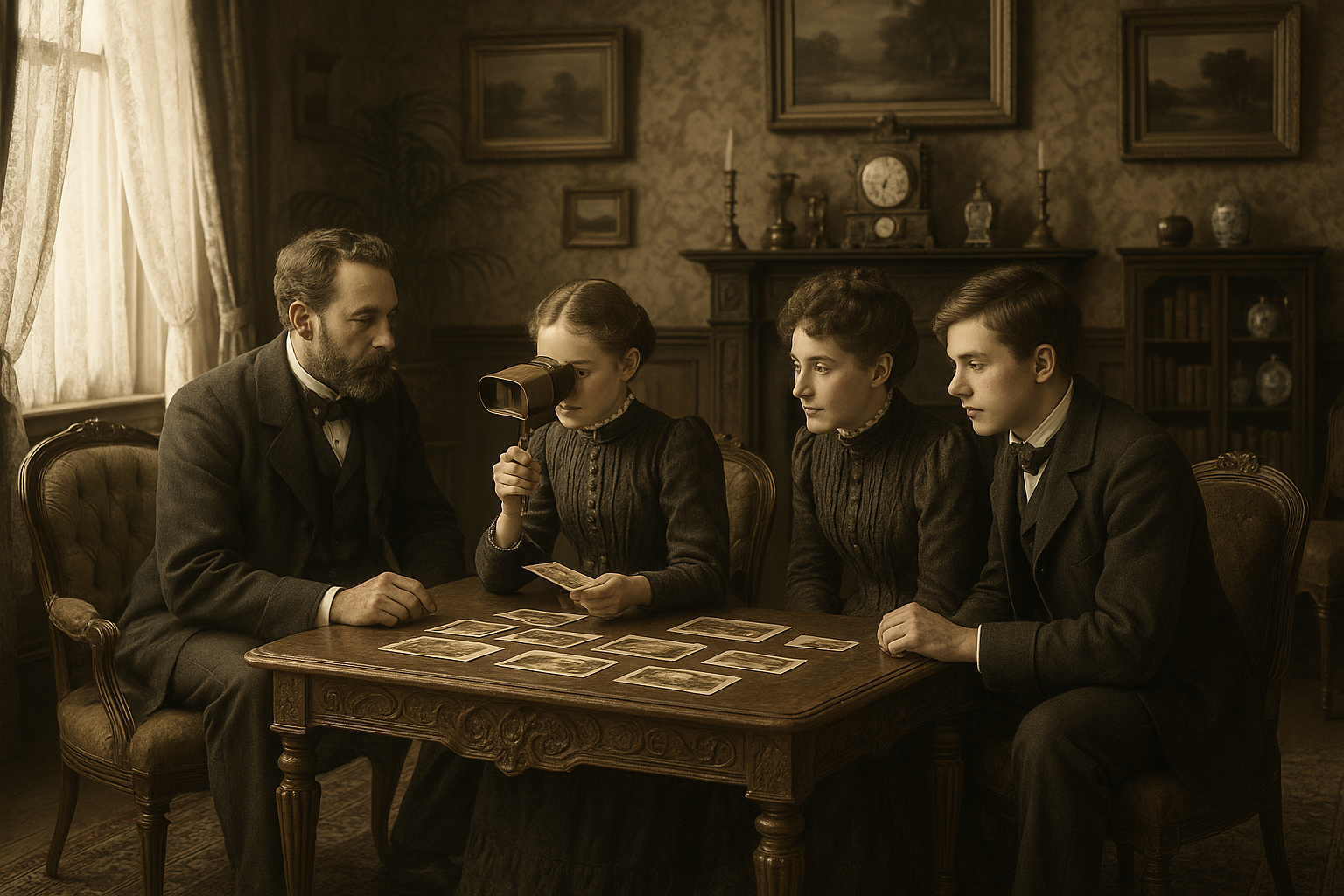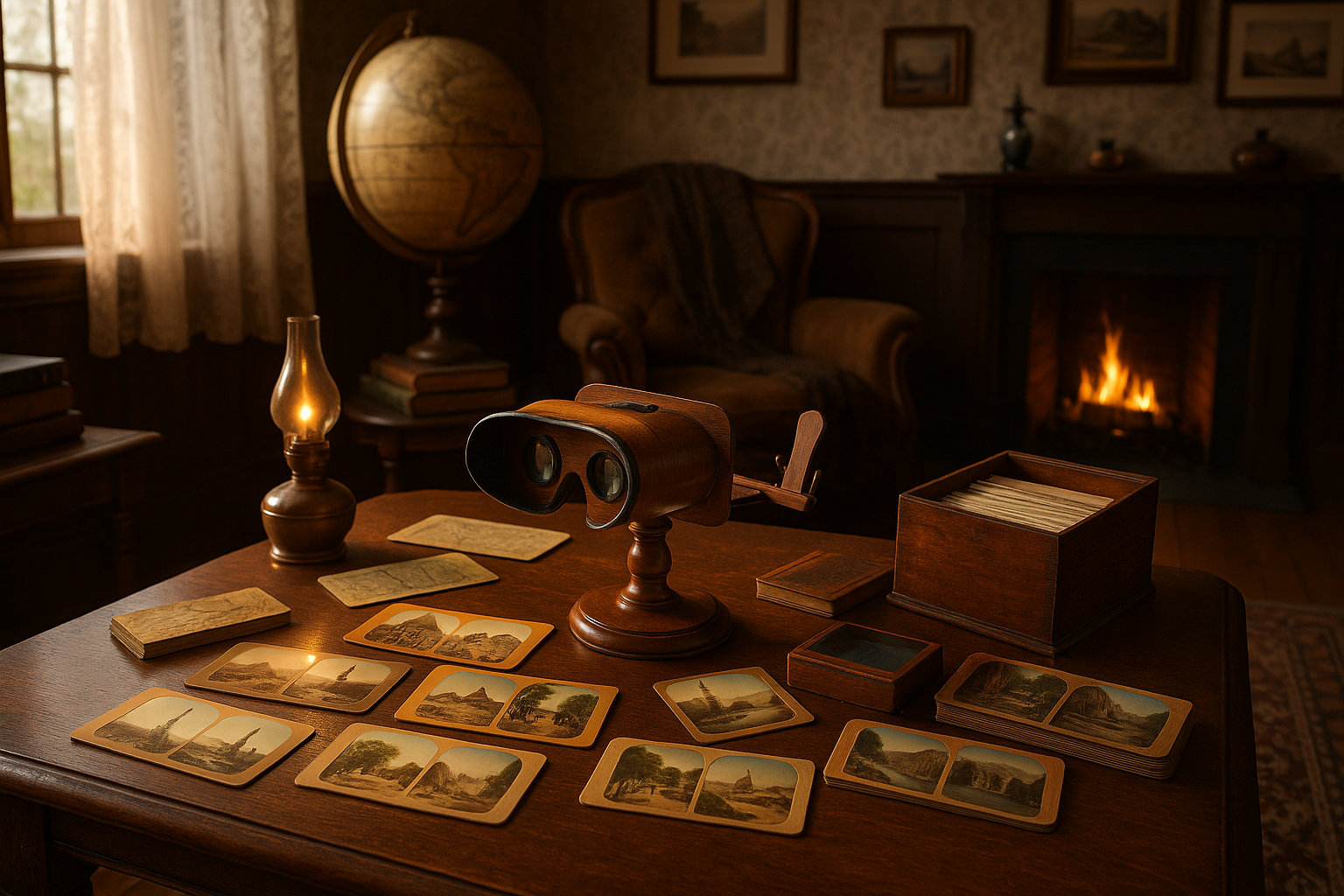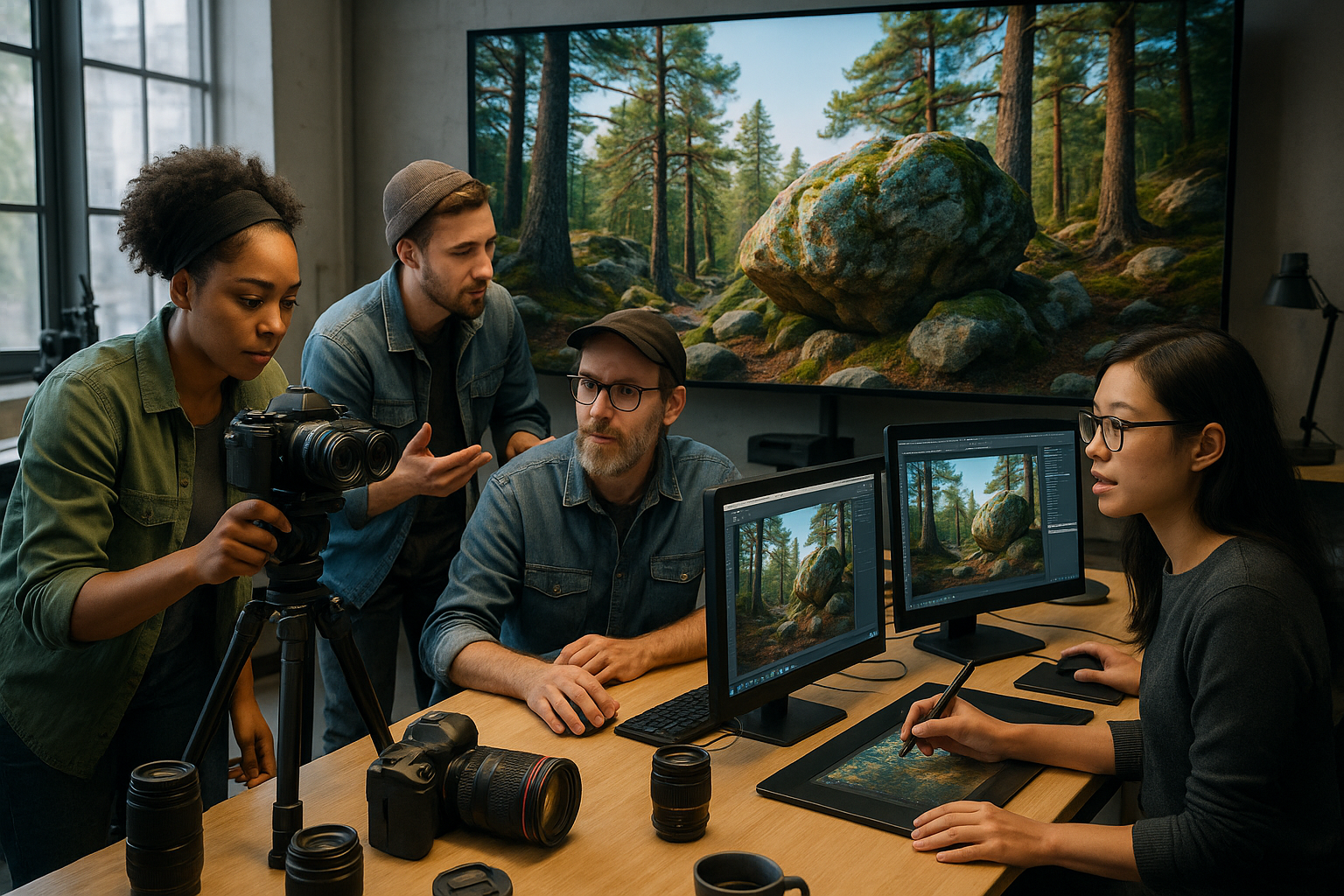The dark chamber stands as one of photography’s most enigmatic inventions, bridging ancient optical phenomena with modern image-making technology that forever changed how we capture reality.
🔍 The Ancient Roots of Optical Discovery
Long before photography existed as we know it today, philosophers and scientists observed a peculiar phenomenon that would eventually revolutionize visual arts and scientific observation. The camera obscura, Latin for “dark chamber,” represents humanity’s earliest documented understanding of how light behaves when passing through a small aperture into a darkened space.
Chinese philosopher Mozi, writing around 400 BCE, provided the first known written account of this optical effect. He described how light traveling through a pinhole into a dark room created an inverted image of the outside world on the opposite wall. This observation wasn’t merely theoretical curiosity—it demonstrated fundamental principles of light propagation that would eventually underpin all photographic technology.
Aristotle later documented similar observations during the 4th century BCE, noting how crescent-shaped images appeared during partial solar eclipses when sunlight passed through small gaps in foliage. These early natural occurrences of the camera obscura effect fascinated ancient minds and planted seeds for centuries of optical experimentation.
Medieval Scholars and the Refinement of Optical Theory
The Islamic Golden Age brought revolutionary advances in understanding the dark chamber’s mechanics. Arab polymath Ibn al-Haytham, known in the West as Alhazen, conducted groundbreaking experiments during the 11th century that transformed camera obscura from curious phenomenon to scientific instrument.
Alhazen’s seven-volume treatise “Book of Optics” provided the first comprehensive explanation of how images form in the dark chamber. Unlike his predecessors who believed vision involved light emanating from the eye, Alhazen correctly theorized that we see because light reflects from objects into our eyes. His camera obscura experiments proved this revolutionary concept.
His work established principles that remained unchallenged for centuries:
- Light travels in straight lines through homogeneous media
- Each point of an illuminated object emits light in all directions
- Only one ray from each point enters the aperture, creating the inverted image
- Smaller apertures produce sharper images with reduced brightness
Renaissance Artists Discover a Drawing Aid 🎨
European Renaissance artists transformed the camera obscura from scientific curiosity into practical artistic tool. Leonardo da Vinci described the device in his notebooks around 1490, though scholars debate whether he actually constructed one or merely understood its theoretical operation.
By the 16th century, portable dark chambers began appearing throughout Europe. These weren’t permanent dark rooms but rather tent-like structures or boxes that artists could transport to different locations. The ability to project real-world scenes onto drawing surfaces revolutionized representational accuracy in painting.
Giovanni Battista della Porta’s 1558 publication “Magiae Naturalis” popularized the camera obscura among artists and scientists alike. His detailed instructions for constructing various dark chamber designs made the technology accessible to broader audiences. Della Porta even suggested using the device for entertainment, projecting theatrical performances that amazed viewers unfamiliar with optical principles.
Technical Innovations Transform the Dark Chamber
The 17th century witnessed rapid technical refinements that enhanced the dark chamber’s capabilities. In 1550, Girolamo Cardano suggested placing a biconvex lens in the aperture, dramatically improving image brightness and sharpness. This simple addition represented the first step toward modern camera lenses.
Johannes Kepler coined the term “camera obscura” in 1604 while investigating optical phenomena. He designed a portable tent-based dark chamber for surveying and astronomical observations, expanding the device’s scientific applications beyond artistic use.
The addition of mirrors created another breakthrough. By placing an angled mirror inside the chamber, the inverted image could be corrected and projected onto a horizontal surface, making tracing significantly easier for artists. These “reflex” designs presaged modern single-lens reflex cameras.
Evolution of Dark Chamber Designs
| Era | Design Type | Primary Use |
|---|---|---|
| Pre-1500s | Room-sized chambers | Scientific observation |
| 1500-1650 | Portable tents | Artistic drawing aid |
| 1650-1800 | Box cameras with lenses | Landscape painting, surveying |
| 1800-1850 | Compact hand-held models | Travel sketching, early photography |
The Dark Chamber’s Role in Scientific Revolution
Beyond artistic applications, the camera obscura became indispensable for scientific inquiry during the Age of Enlightenment. Astronomers used room-sized dark chambers to safely observe solar eclipses and track planetary movements without damaging their vision through direct observation.
Robert Hooke utilized camera obscura principles in his microscopy work during the 1660s, understanding that similar optical laws governed both tiny and vast scales. His contemporary Robert Boyle employed the device in experiments investigating light’s properties and behavior.
The dark chamber also contributed to cartography and surveying. Accurate landscape representation required precise perspective rendering, which the camera obscura provided automatically. Military engineers used the technology to sketch fortifications and terrain, while explorers documented newly discovered lands with unprecedented accuracy.
Philosophical Implications and the Nature of Reality 🧠
The camera obscura profoundly influenced philosophical thought about perception, reality, and consciousness. John Locke’s empiricist philosophy drew explicit analogies between the human mind and a dark chamber receiving impressions from the external world through sensory apertures.
René Descartes used camera obscura mechanics to explain vision in his treatise “La Dioptrique,” arguing that the eye functions essentially as a biological dark chamber. This mechanistic understanding of perception challenged prevailing notions about the mystical nature of sight and consciousness.
These philosophical applications raised profound questions: If our eyes operate like camera obscuras, projecting inverted images onto our retinas, how do we perceive the world right-side up? Do we directly experience reality, or merely internal representations constructed from light patterns? Such inquiries shaped epistemology for generations.
From Optical Toy to Chemical Miracle
The camera obscura’s evolution reached its logical culmination when inventors discovered methods to permanently capture projected images. Throughout the 18th century, numerous experimenters attempted to record dark chamber images using light-sensitive materials, but results remained temporary—images appeared briefly before fading.
Nicéphore Niépce achieved the breakthrough around 1826, creating the first permanent photograph using a camera obscura-based device and bitumen-coated pewter plates. His “View from the Window at Le Gras” required an eight-hour exposure but proved that permanent image capture was possible.
Louis Daguerre refined Niépce’s process, announcing the daguerreotype in 1839. This practical photographic system combined an evolved camera obscura design with chemical image fixation, launching photography’s commercial era. The dark chamber had finally fulfilled its centuries-long promise.
Architectural Dark Chambers as Public Spectacles 🏛️
Victorian enthusiasm for scientific entertainment led to construction of permanent camera obscura attractions in tourist destinations worldwide. These architectural installations, often built atop towers or prominent hills, projected panoramic views of surrounding landscapes onto viewing tables in darkened rooms below.
Edinburgh’s Camera Obscura, established in 1835, remains operational today, offering visitors the same magical experience that delighted 19th-century audiences. Similar installations appeared in Bristol, Lisbon, San Francisco, and dozens of other cities, turning optical science into popular entertainment.
These permanent dark chambers served multiple purposes beyond tourism. They functioned as observation posts, allowed artists to create accurate cityscapes, and provided meteorologists with panoramic sky views for weather observation. Some installations included multiple lenses and mirrors, enabling operators to rotate the projected view across 360 degrees.
Cultural Impact and Artistic Legacy
Art historians continue debating the camera obscura’s influence on painting’s evolution. Evidence suggests masters including Vermeer, Canaletto, and Caravaggio may have used dark chambers when creating their remarkably accurate compositions, though definitive proof remains elusive for most artists.
The device’s influence extended beyond technical assistance. Camera obscura use changed how artists conceptualized picture-making itself. The framed, monocular view it provided influenced compositional conventions that persist in photography and cinema today—the idea of a rectangular “window” onto reality became naturalized through centuries of dark chamber use.
Contemporary artists continue exploring camera obscura principles in installations and experimental photography. Abelardo Morell’s room-sized camera obscura photographs project exterior cityscapes onto interior domestic spaces, creating surreal composite images that question boundaries between inside and outside, public and private.
Modern Scientific Applications of Dark Chamber Principles ⚗️
While digital sensors have replaced chemical films, fundamental camera obscura principles still govern how cameras function. Every smartphone camera, professional DSLR, and scientific imaging device operates according to optical laws first documented in ancient dark chamber observations.
Pinhole cameras—lensless devices using tiny apertures—remain valuable in specialized applications. Nuclear facilities use pinhole cameras for imaging in high-radiation environments where lenses would quickly degrade. Archaeologists employ them for documenting light-sensitive artifacts that intense lighting might damage.
Medical imaging technologies including retinal cameras and some endoscopic systems apply camera obscura principles adapted for biological tissues. Understanding how images form in dark chambers continues informing optical engineering across numerous scientific disciplines.
Educational Value and Hands-On Learning 📚
The camera obscura remains an exceptional educational tool for teaching optics, physics, and photography fundamentals. Its simple mechanics make abstract concepts like light propagation, image formation, and lens behavior tangible and observable.
Students can construct functional pinhole cameras from cardboard boxes, directly experiencing how aperture size affects image sharpness and brightness. This hands-on approach to understanding optical principles proves far more memorable than abstract theoretical instruction alone.
Many science museums maintain dark chamber installations specifically for educational programming. These devices allow visitors to manipulate variables—adjusting aperture sizes, adding lenses, positioning mirrors—and immediately observe resulting effects, fostering intuitive understanding of optical relationships.
Preserving Historical Dark Chambers for Future Generations
Surviving historical camera obscura installations face preservation challenges as urban development threatens the unobstructed views essential to their operation. Conservation efforts must balance maintaining authentic mechanical components with ensuring structural safety for contemporary visitors.
Organizations worldwide work to preserve these optical heritage sites. The Camera Obscura Association catalogs existing installations, advocates for their protection, and assists with restoration projects. These efforts ensure future generations can experience the wonder that captivated observers for millennia.
Digital documentation projects create virtual experiences of threatened or demolished dark chambers, preserving their cultural legacy even when physical structures cannot be maintained. These initiatives recognize that camera obscuras represent not merely obsolete technology but important chapters in humanity’s evolving relationship with visual representation and optical understanding.
The Enduring Mystery and Wonder 🌟
Despite centuries of scientific understanding, experiencing a camera obscura for the first time still evokes wonder. Watching the external world projected in real-time onto a viewing surface, colors and movements faithfully reproduced through nothing but light and geometry, creates an almost magical impression that transcends intellectual comprehension.
This enduring power explains why artists and educators continue exploring dark chamber possibilities. The device strips away technological complexity, revealing the fundamental miracle underlying all photography—that light itself can draw pictures, that reality can paint its own portrait through purely optical means.
The camera obscura’s journey from ancient philosophical curiosity to foundational photographic technology illustrates how patient observation, theoretical understanding, and practical innovation combine to transform human capabilities. Its history reminds us that revolutionary technologies often emerge from centuries of incremental refinement rather than sudden breakthrough moments.
As we navigate an era of computational photography and artificial intelligence-enhanced imaging, revisiting the dark chamber’s origins provides valuable perspective. Understanding how our image-making technologies evolved helps us appreciate both their remarkable capabilities and their fundamental continuity with optical principles first documented millennia ago in descriptions of light passing through small holes into darkened spaces.
Toni Santos is a visual historian and artisan whose creative lens is captivated by the forgotten marvels of antique optical devices. Through his thoughtful storytelling, Toni revives the instruments that once transformed light into wonder—camera obscuras, magic lanterns, kaleidoscopes, and other ingenious tools that shaped our earliest visual imaginations.
His journey is rooted in a fascination with how humans have long sought to bend, reflect, and reveal the unseen. Whether tracing the mechanical poetry of 19th-century projectors or illustrating the tactile elegance of early lenses, Toni’s work invites us to see vision itself as an evolving art form.
Blending handcrafted design with historical inquiry, Toni brings to life the material soul of these devices—celebrating not just how they functioned, but what they meant. His creations and curated stories illuminate a world where science, illusion, and beauty were intricately linked through glass and brass.
As the curator of Vizovex, Toni shares detailed studies, reconstructed artifacts, and immersive content that help others rediscover the origins of visual technology and the magic of analog perception.
His work is a tribute to:
The craftsmanship behind early visual instruments
The wonder of seeing through the eyes of another century
The intersection of optics, art, and imagination
Whether you’re a collector, a designer, or someone drawn to the lost poetry of vision, Toni welcomes you into a world where light is a storyteller—one prism, one lens, one forgotten invention at a time.





